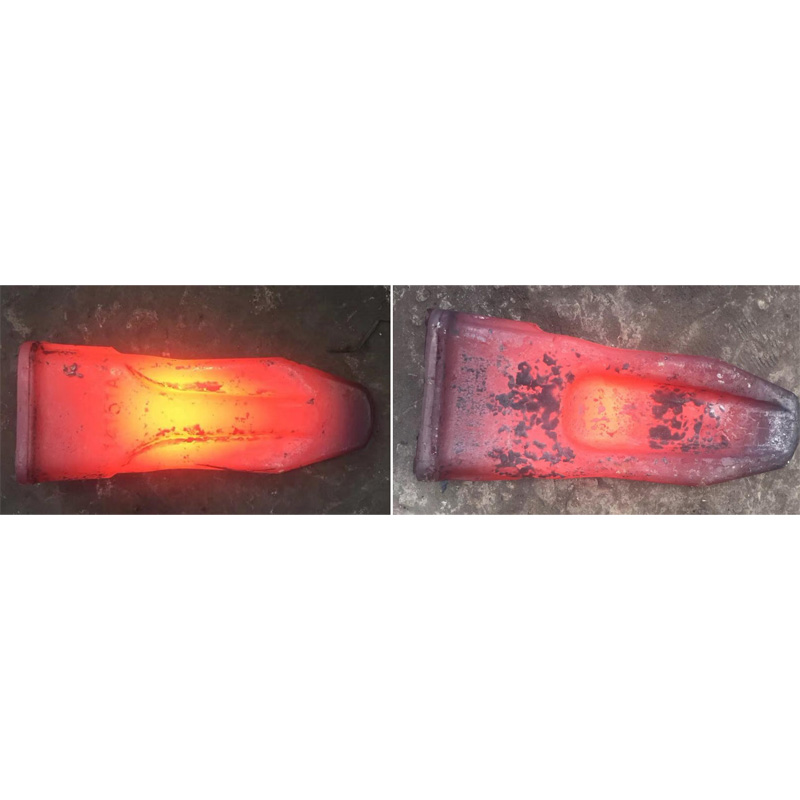Operation points and precautions of each production process of a forging piece
2022-12-07
We know that in the production of forging parts, no matter in the process or in the actual operation, every detail may affect the quality of the product, so the improvement of quality requires the unremitting joint efforts of every employee. The following are the operation points and precautions of each process in the production of a forging for your reference:
1, upsetting, WHF drawing length, inverted anise:
Upsetting height H=1400mm, when placing the blank, the direction must be watched. WHF drawing length size 2400mm×2400mm, 15% pressure, turn 90° to press down a time, pouring, riser alternate anvil. Keep the riser end flush to prepare for the next upsetting. Anise, about 500mm in length. Pay attention to the break. If the break depth is greater than 50mm, oxygen should be blown.
Notes: placement of auxiliary tools, whether the blank before upsetting of forging parts is at attention, upsetting height, WHF pressure, inverted octagon pressure, breaking depth, oxygen blowing condition.
Two, upsetting, KD drawing, gas cutting:
Upsetting height H=1400mm, when placing the blank, the direction must be watched. The billet height of KD drawing before four passes pressing is about 20%. The retention of 1 million tons adopts 850 upper flat anvil and lower Ⅴ anvil polishing. When cutting the jaws of the forceps, close to the root of the forceps for gas cutting.
Notes: The placement of attachments, whether the billet is at attention before upsetting, the upsetting level, KD pressure, the amount of light remaining, the length and position of gas cutting, and the cleaning of injured oxygen blowing.
Three, the initial upsetting (two pre-upsetting fire times combined) :
Upsetting the gate upward to H=1500mm, placing billet direction must be watched by someone, turn over 180 upsetting to H=1100mm, 1200 flat anvil flat convex surface to the process height. The sprue is upward when returning to the furnace. Measure the billet height and diameter, according to the actual situation of billet, pouring and riser diameter during upsetting, determine whether to reverse upsetting or the current opening height. The purpose is to keep the deformation of blank casting and riser uniform and meet the process requirements.
Note: the placement of attachments, the actual deformation of billet pouring and riser diameter during upsetting, to determine whether to turn over, billet height and diameter, and the sprue upward during furnace loading.
Four, finished product fire:
The South 550t bridge crane hangs the chain ring body. After the billet is put straight, the ring body is placed on the billet and pulled into the hydraulic press together. With ring type integral upsetting, the amount of pressure is about 250~300mm. The unloaded ring body will be pulled out of the platform, and the ring body will be lifted away with the crane. Lift punch to blank boss, right in the middle. Pull in the blank, press the boss, and press down 150-200mm.
Notes: The forging parts attached to the placement, whether the bridge crane clamp is correct, the ring body pressure level, pressure boss level, the boss extended to the platform level 4400mm, the boss before the use of hydraulic press on the cutting board point level, calculation after pressure.
this is our forging teeth




